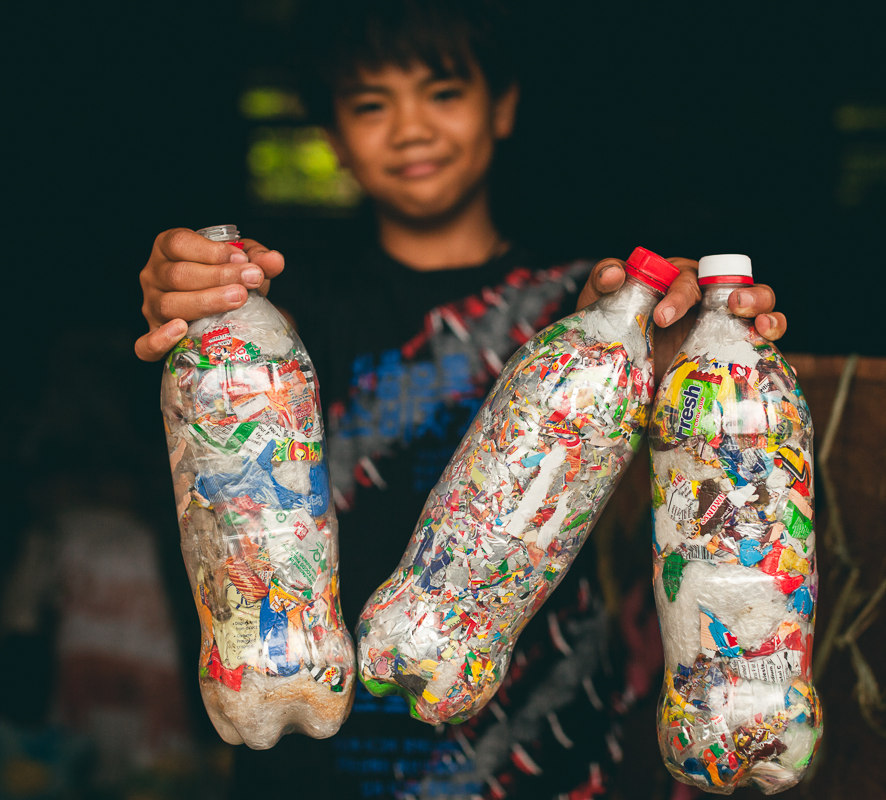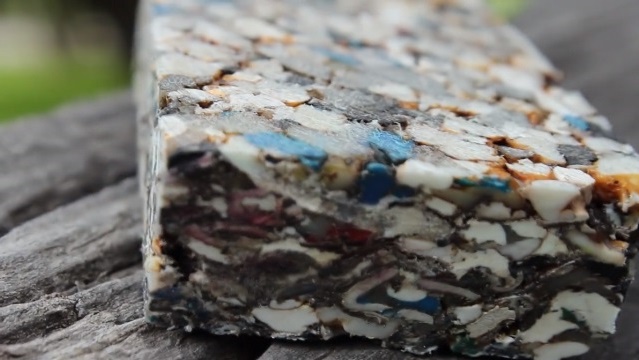What is Flexible Leadership Being flexible is the capability of readily changing (Merriam-Webster, n.d.)1. In…
Rethinking How We Can Significantly Reduce Plastic Wastes
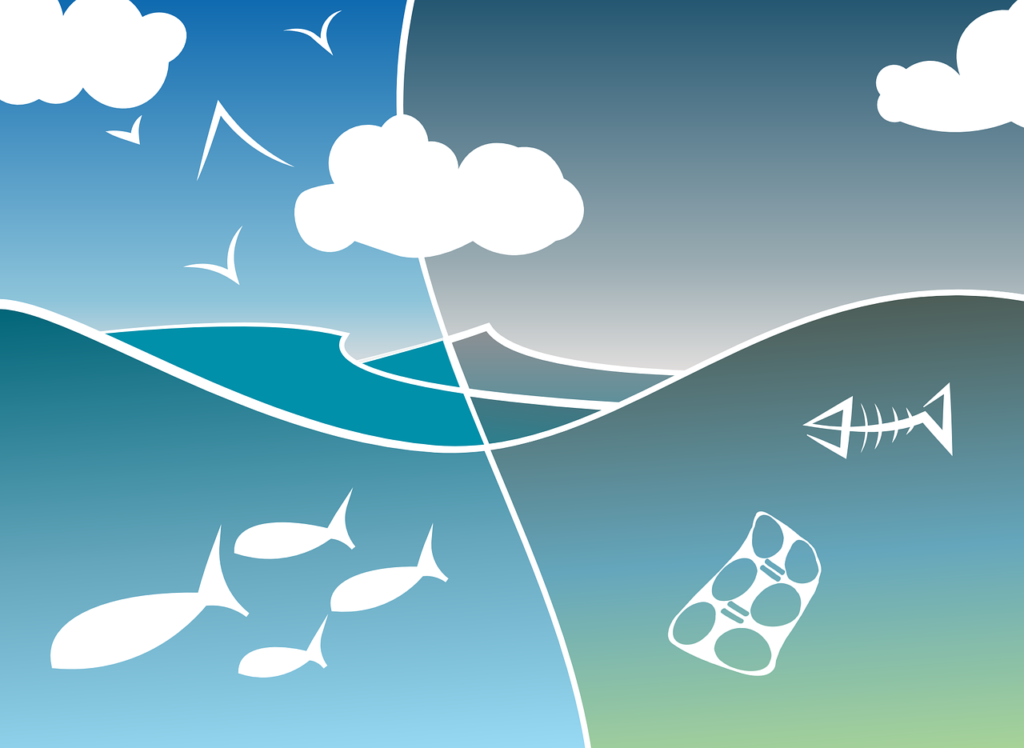 Photo from Pixabay.com
Photo from Pixabay.com
Yesterday, I was watching the News in France. In an almost banal tone, the journalist was explaining that the oceans were asphyxiated by tons of plastic waste floating on the surface. Oceans form vast garbage cans gathered in the middle of the seas.
In 2013, the annual global production of plastic is around 78 million tons. Only 14% are collected for recycling. The other 14% is incinerated and/or used for energy recovery. 40% of it is landfilled and the remaining 32% becomes leakage either on land or on water. A study says that, by 2050, there will be more plastic than fish in the world’s oceans.This conclusion was based on a report by Project MainStream, a joint initiative by the World Economic Forum, Ellen MacArthur Foundation, and McKinsey & Company.
At the moment, there are at least 8 million tons of plastics that go into the ocean every year. This is equal to dumping plastic wastes the size of a garbage truck PER MINUTE. If this continues with no further action, this rate will increase to TWO garbage trucks PER MINUTE in 2030 and FOUR garbage trucks PER MINUTE by 2050.
In conclusion, assuming that fish stocks remain constant, it is forecasted that there will be 1,124 metric tons of plastics in the ocean and the ratio of plastics to fish will be >1:1 32 years from now.
These numbers should be taken seriously. Why?
Dr. Qamar Schuyler, a University of Queensland researcher, led an international studywhich revealed that more than 50% of the world’s sea turtles have ingested human garbage including plastic. Plastics and other garbage are lethal to turtles because it can block the gut or pierce the gut wall which can lead to other serious problems such as chemical intoxication. Eventually, they can also die of starvation because they will feel full after swallowing plastic debris.
The same is true with the marine birds. A journal from PNAS also reveals that nearly all of the world’s seabirds have eaten plastic. The studies published between 1962 and 2012, about 60% of 135 bird species have ingested plastic and an average 29 percent of individual birds had plastic fragments in their guts.
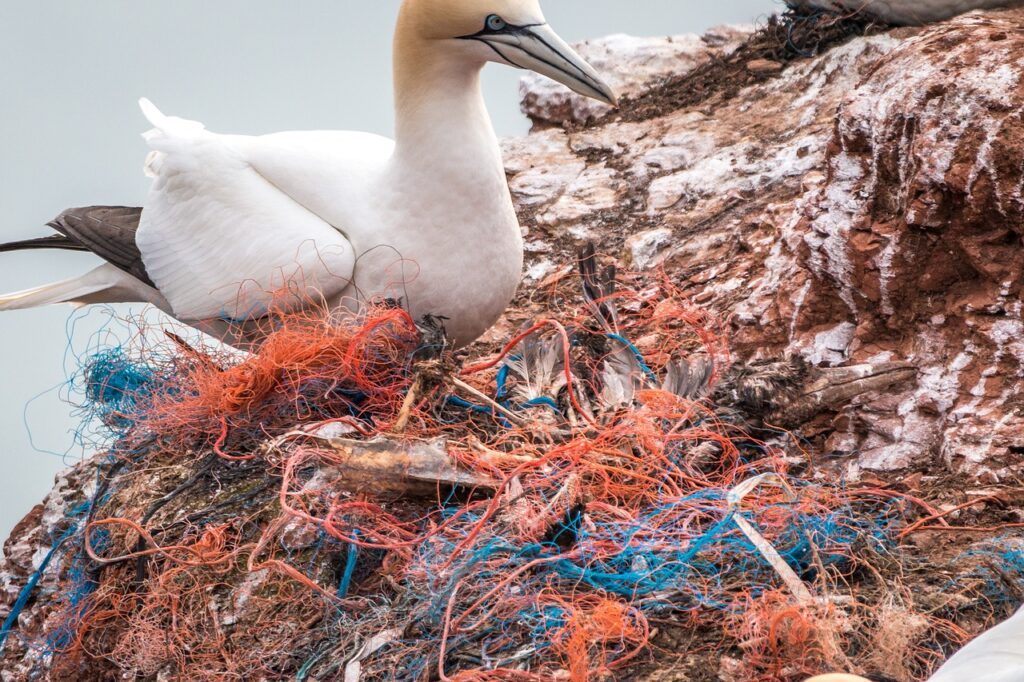 Photo from Pixabay.com
Photo from Pixabay.com
We are also not safe from this dilemma. Based on a study made by a team of scientists from Malaysia and France, they discovered a total of 36 tiny pieces of plastic like nylon, polystyrene, and polyethylene in the bodies of 120 fish (e.g. mackerel, anchovies, mullets and croakers).
They added that humans are exposed to microplastics through seafood consumption which, when digested, the released chemicals can cause toxicity.
These compelling facts shouldn’t be ignored. We should take every step we can to reduce plastic wastes.
On the lighter note, some people are starting to realize the importance of plastic waste reduction. It’s amazing how people can creatively come up with ideas that would significantly reduce the impact of plastic wastes. Below is a compilation of ways of how we can reduce plastics.
Eco-bricks
Ecobricks.org is an organization that aims to build green spaces that enrich the community and the biosphere. They encourage the use of eco-bricks to build amazing structures like rooms, houses, indoor furniture, gardens, parks, etc.
An eco-brick is a plastic bottle stuffed with clean, dry non-biological waste to make a re-useable building block. This is a great alternative to cement blocks. The best thing about it is that making these blocks don’t require machines. That means the production of eco-bricks doesn’t leave any carbon print.
Photo by Wikimedia Commons
If you read the success stories of its volunteers from the website, you will see that each individual from all over the globe eco bricked more than 200 to 500 grams of plastic. Ecobricking became an all-out social movement. Hundreds of thousands of people throughout South East Asia and Latin America have adopted eco bricking to take back charge of their plastic from industry and government and to keep plastic out of the biosphere.
Eco-Housing
Ecodomum is a company from Mexico that turns plastic wastes into affordable housing. They have the same concept as Ecobricks.org, but with a different approach. Instead of stuffing plastics into a water bottle, Ecodomum shreds plastics like soda bottles and old toys, melt them without producing harmful fumes and molds them into panels that they can use for construction.
Photo owned by ecotechnica.com.ua
A small plant converts 5.5 tons of plastic waste into building materials. According to its founder, Carlos Daniel González, a simple house uses about 80 panels which includes about two tons of plastic and can be built in about 7 days.
The panels that they use are durable, impermeable and very affordable. Building a house using these panels coupled with a subsidized housing program only costs 5,000 Mexican pesos (~$280 US) for a 430 ft2 dwelling.
The company has already built over five hundred of these plastic panel houses in various cities in Mexico.
Plastic Roads
MacRebur is a company that pelletize selected waste plastics and turn them into an enhanced asphalt road. The method was developed by an engineer named Toby McCartney together with his two friends. The idea came from his experience working in Southern India where pickers put plastic wastes into potholes, pour petrol over them and lit them up until it melts into the craters to form makeshift plastic pothole filler.
After months of testing and trials, they came up with their product called MR6 which is within the British and European standards and awaits its patent. The use of their product reduces plastic waste, decreases the need for oil, and creates longer-lasting roads.
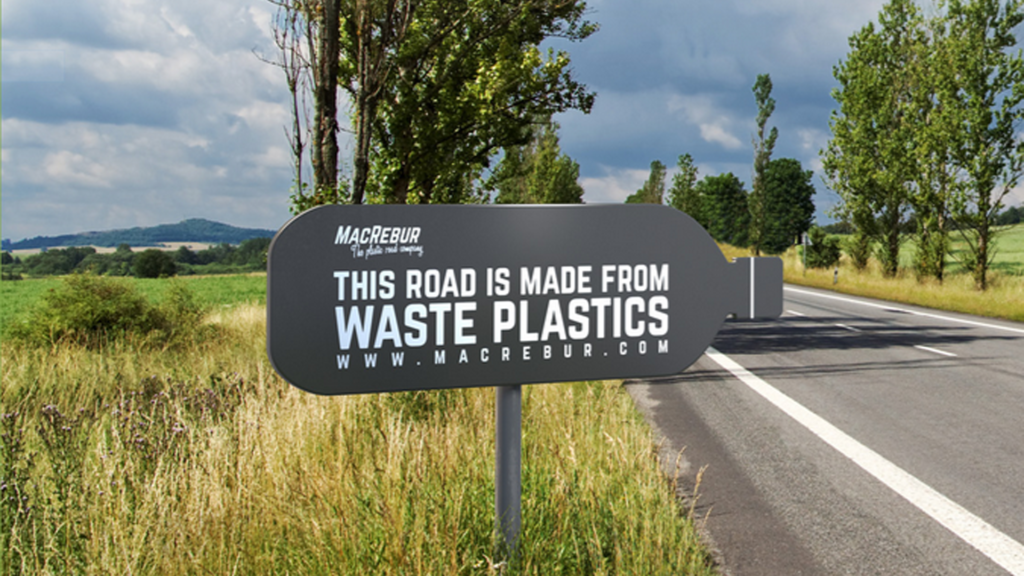 Photo owned by Earthdecks.net
Photo owned by Earthdecks.net
McCartney has successfully persuaded two English councils to adopt their technique by using their local waste plastics in building their roads.
DIY Plastic Recycling Machine
Precious Plastic is an international community that works towards finding solutions to plastic pollution. Dave Hakkens, together with dozens of people in the Netherlands built the community in 2013. They share their knowledge, tools, and techniques online and for free to anyone who wants to start recycling plastics.
This is how it works. They will find an ideal working space for you depending on your convenience, help you set up an efficient and recurrent collection system to get your raw materials and teach you how to shred and sort different plastics for your future projects. You can melt your shredded plastics using a machine that they will provide and convert it into different items for selling.
These are all wonderful ideas to help recycle plastic wastes and prevent marine debris to accumulate at the center of gyres and on coastlines. But recycling only solves half of the problem. Going back to Project MainStream’s report, we should also think of ways to reduce the production of plastics starting from finding eco-friendly alternatives to plastic items to finding ways to reduce the use of plastic packaging.
It’s true. Most of our products are housed in plastic containers or wrappers (hygiene products, food, etc.). Although there are countries that already banned the use of plastic bags in stores and other establishments and encouraged the use of eco bags, it’s still not enough. The items that they bought from, let’s say, supermarkets are still packed using plastics.
Don’t get me wrong. I know that it’s impossible to eradicate the use of plastic because of the convenience that it brings. But we can still find other ways to reduce it:
1. Using reusable cups, utensils, straws and other items instead of its plastic counterparts
2. Using beeswax food wrap instead of cling wrap
3. Using edible or biodegradable packaging vs plastic packaging
4. Setting up zero-waste markets to encourage consumers to bring their own containers to fill up with items that they need.
That is why zero wastes shops like Package Free, Wild Minimalist, and Litterless are starting to grow in different parts of the world. These shops provide an avenue for environmentally-conscious people who want to take part in reducing plastic wastes.
Imagine that every government in the world would adopt these amazing ideas. If the government will use plastics to build roads, build affordable housing and other infrastructures, and to encourage and fund zero-wastes shops, we helped not only ourselves but also the planet that is gradually suffocated by mountains and mountains of plastic trash.
The coordination of the community, the scientists or researchers, NGOs and the government is of utmost importance in ensuring that plastics will not rule our world. We should put the pedal down and work together in making this planet a cleaner, healthier and greener place.

